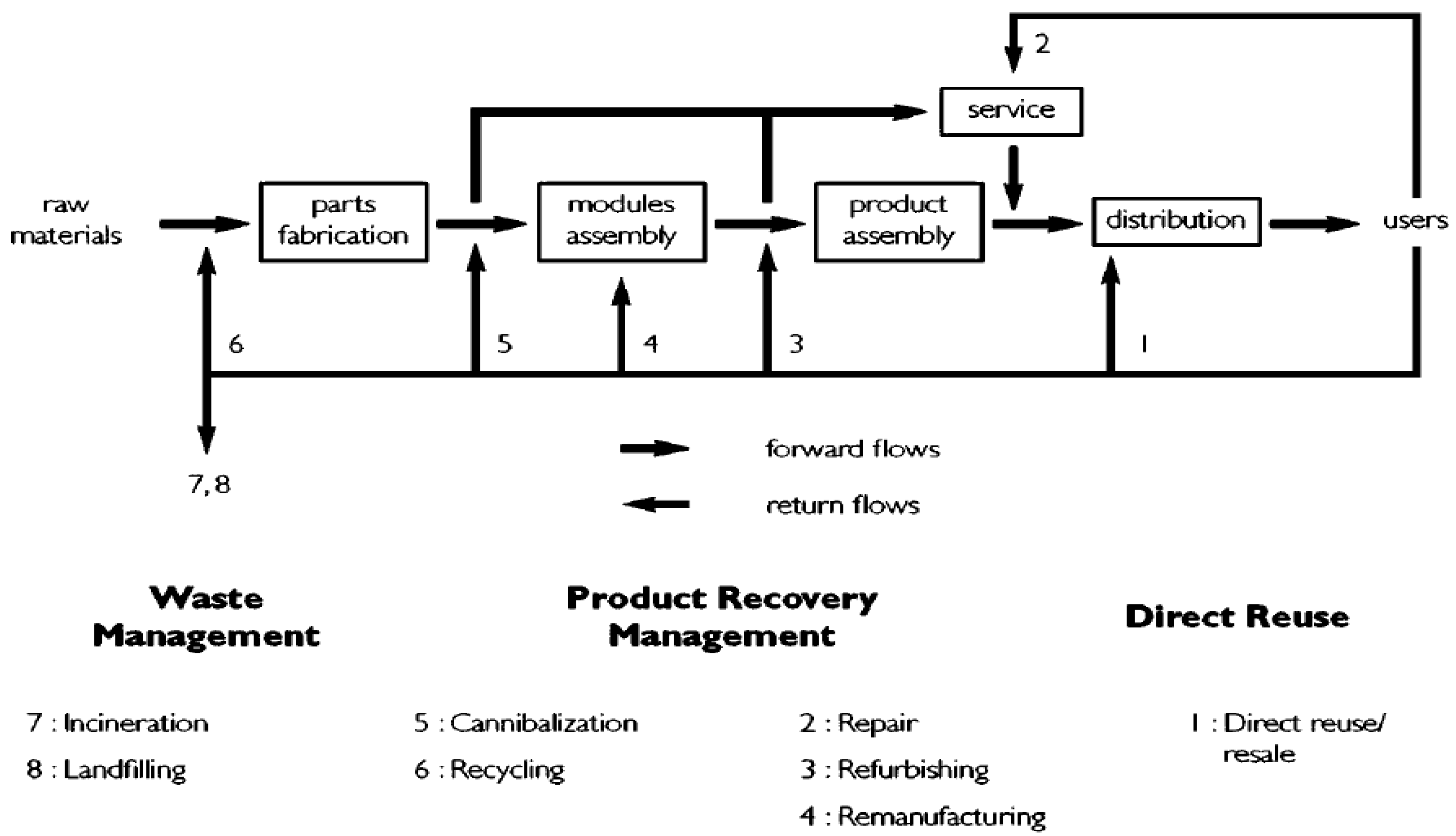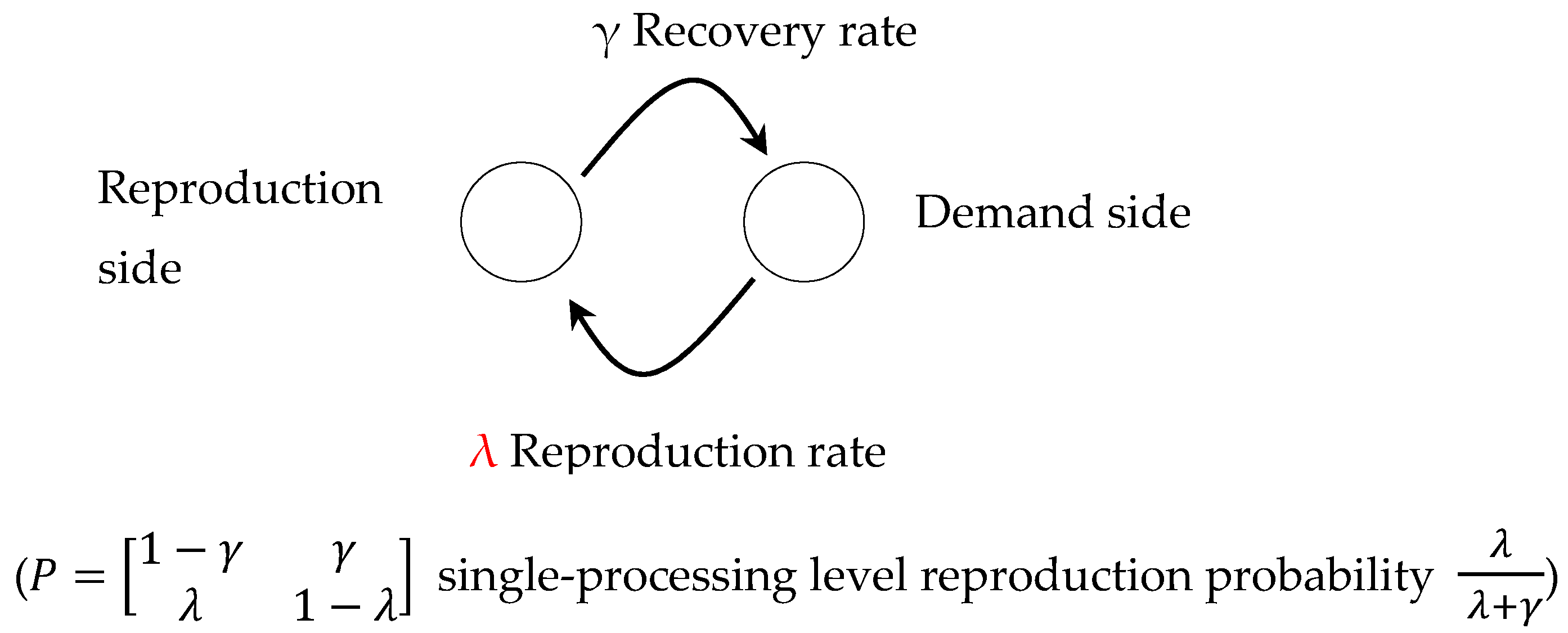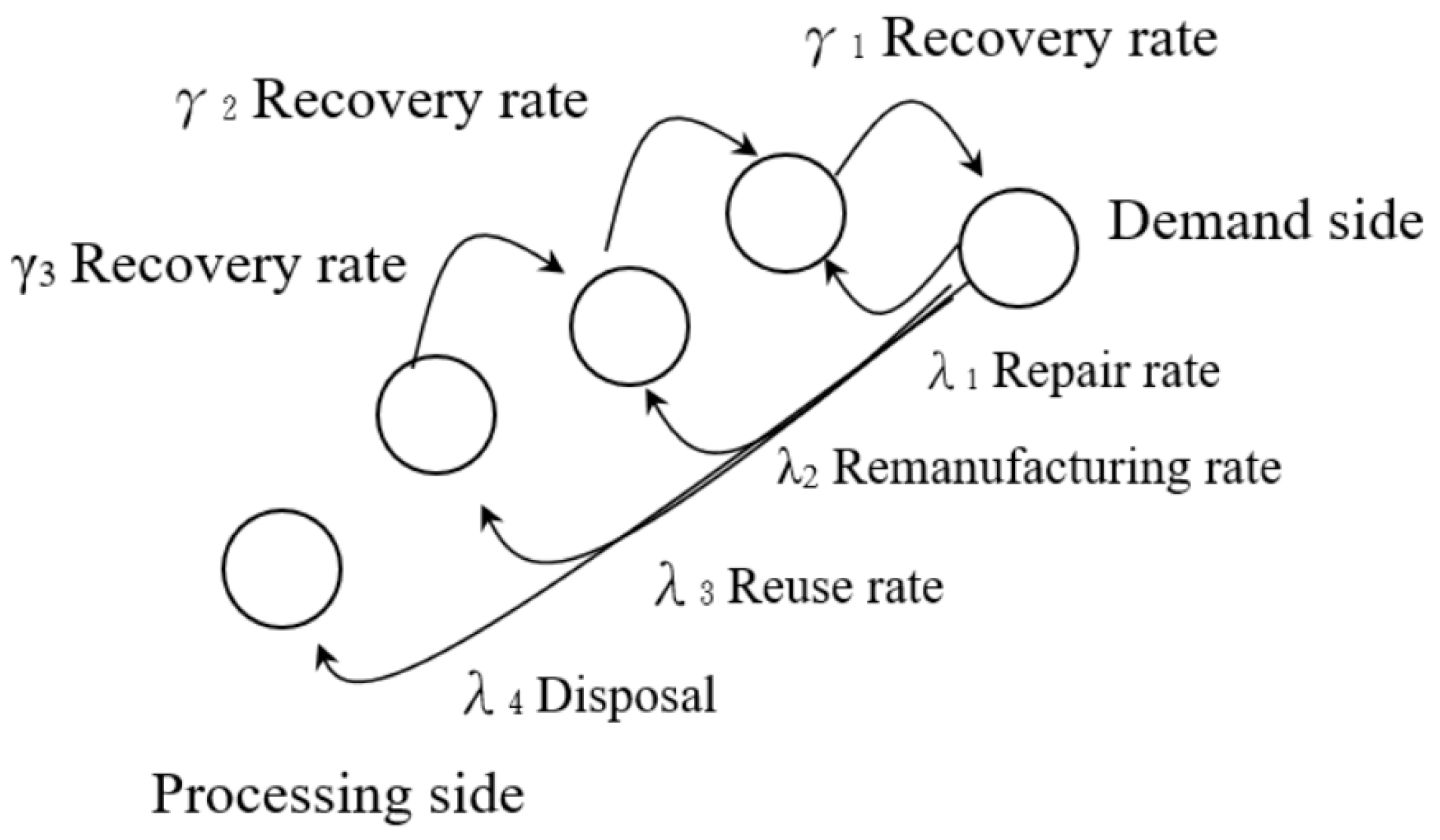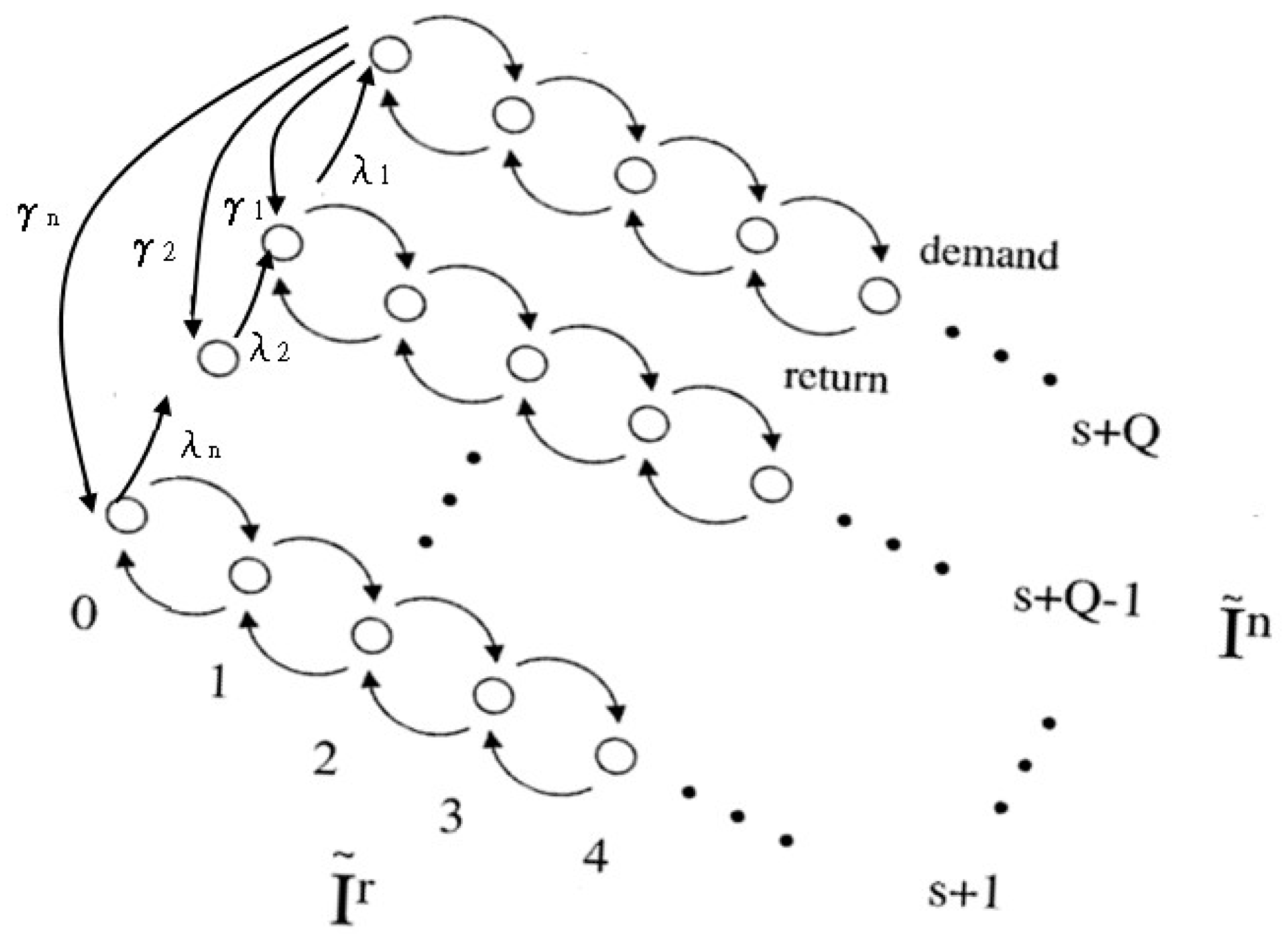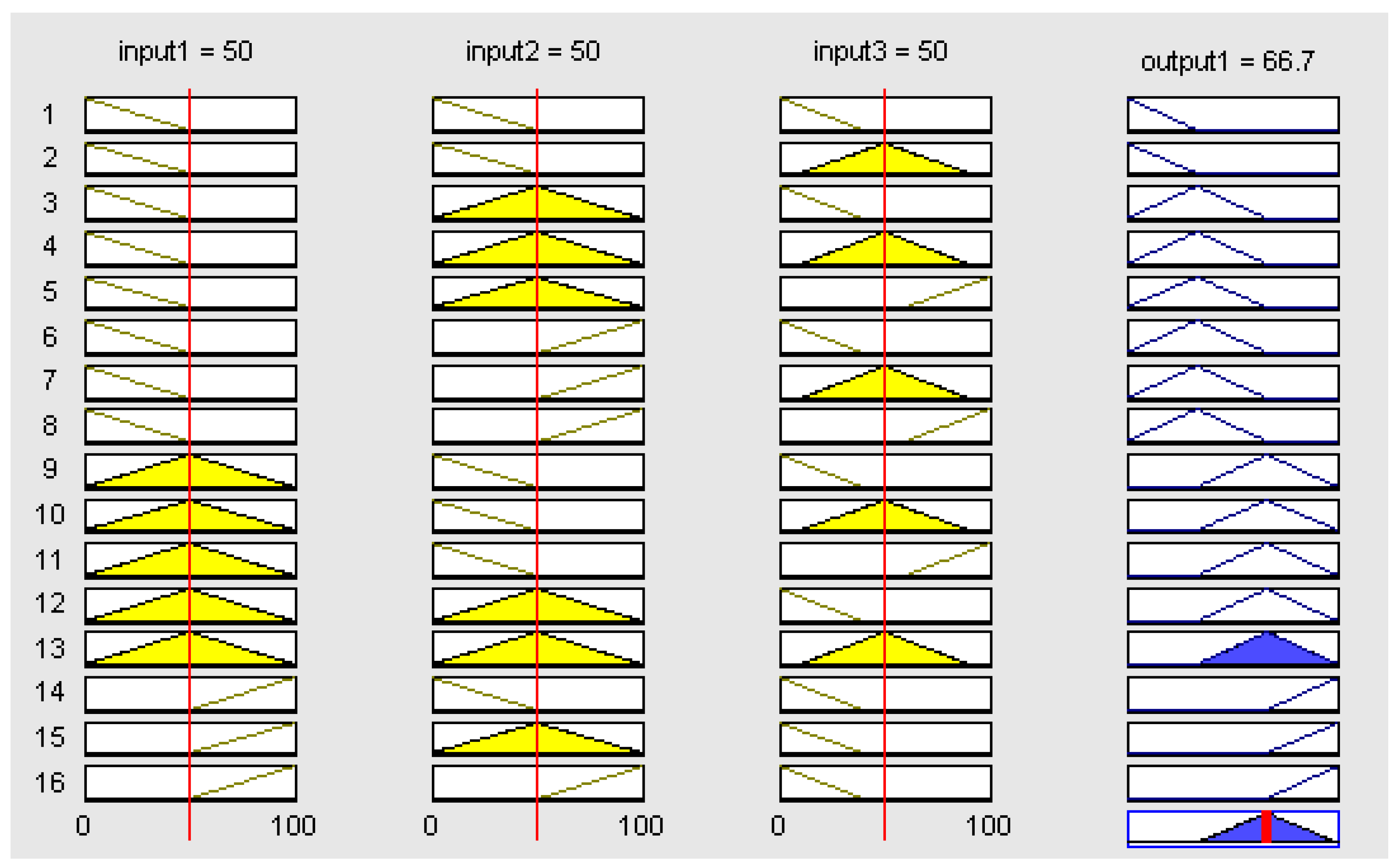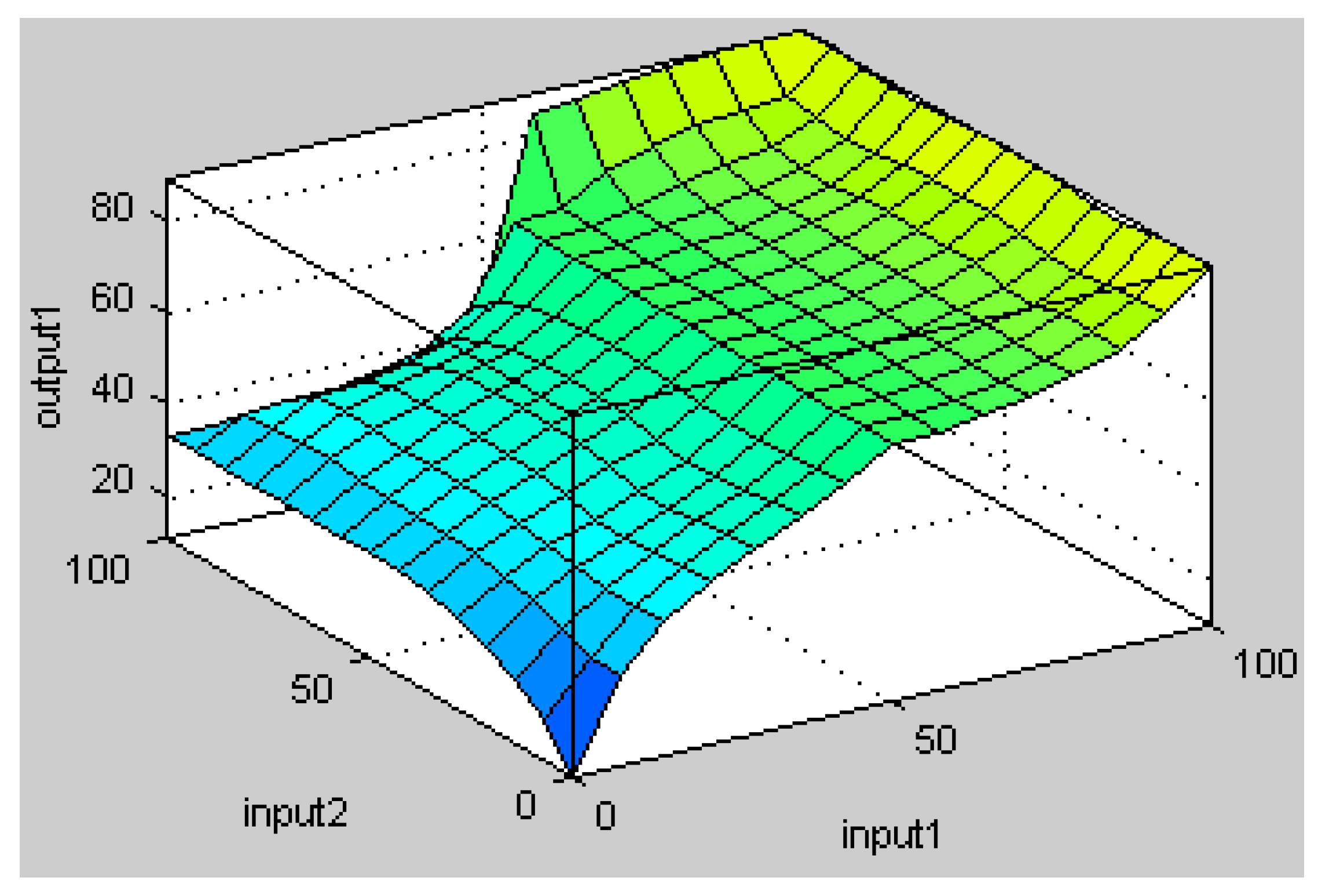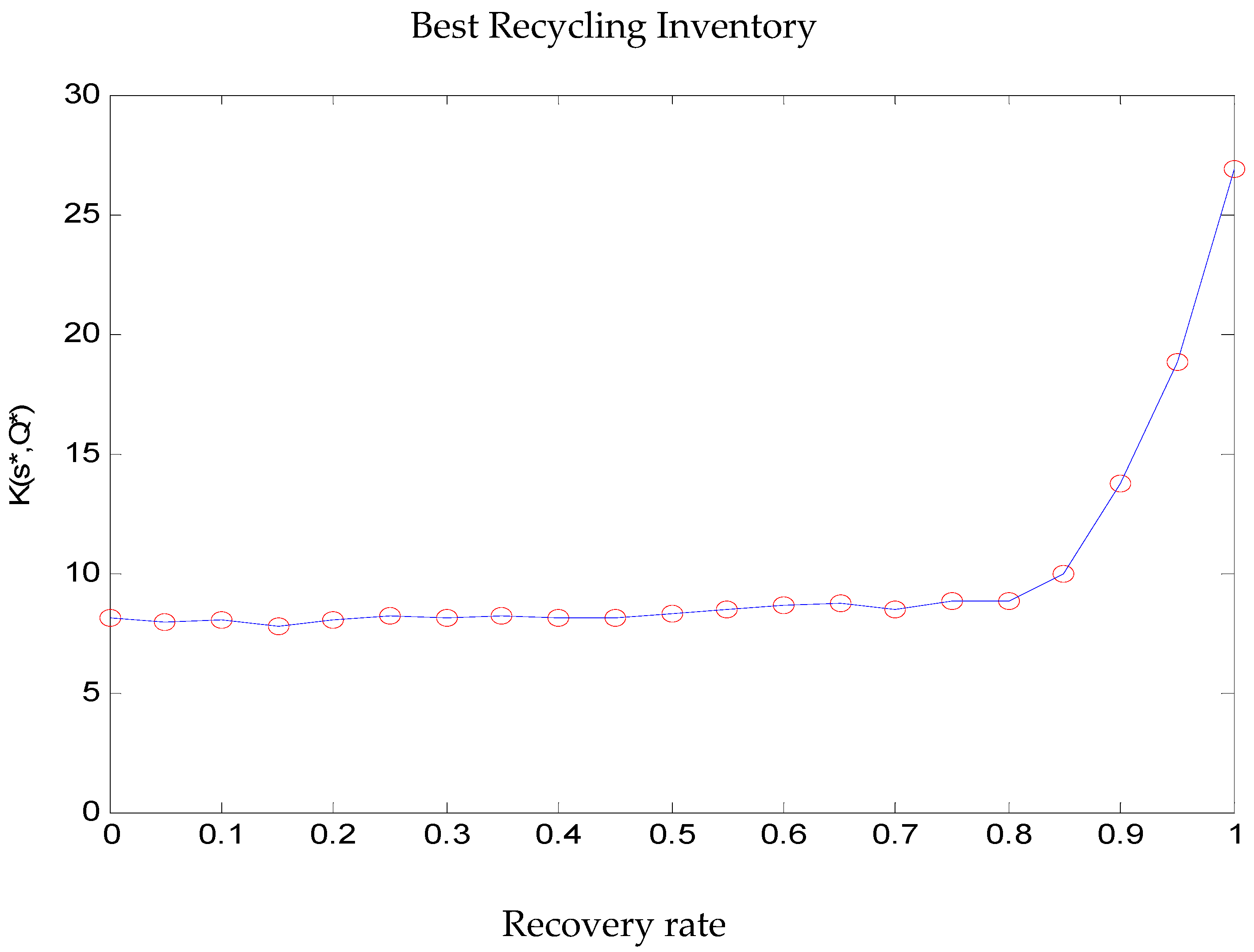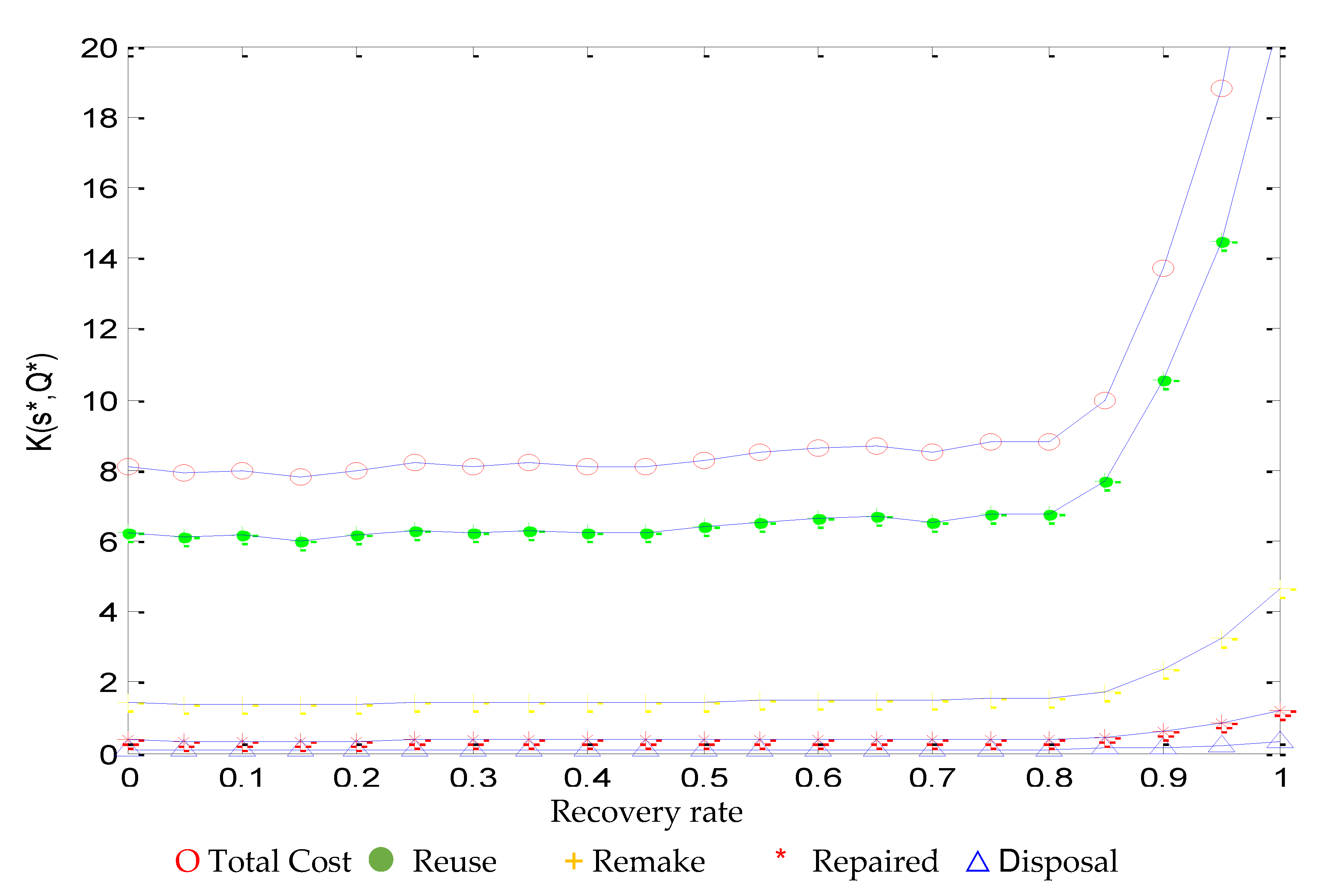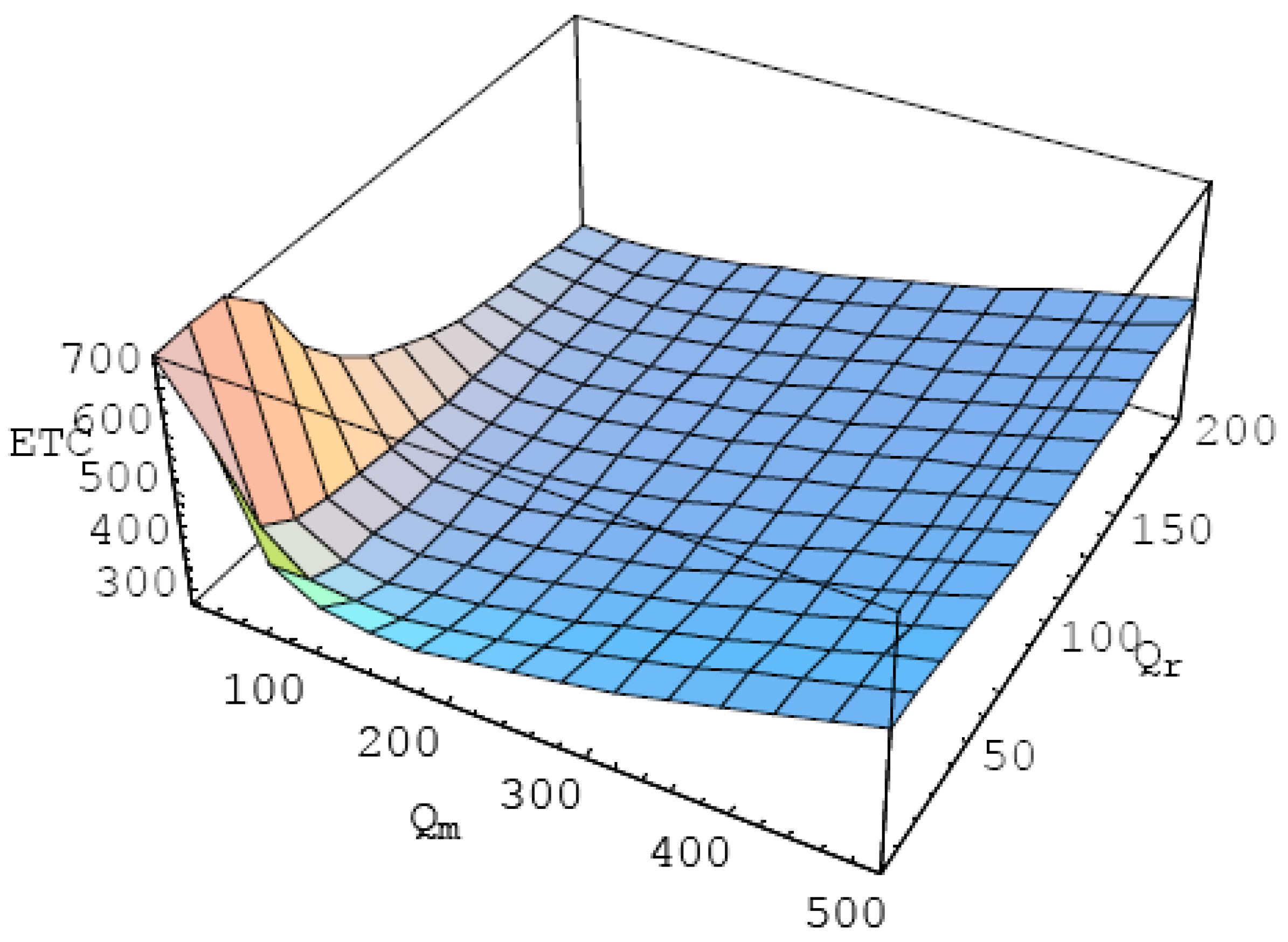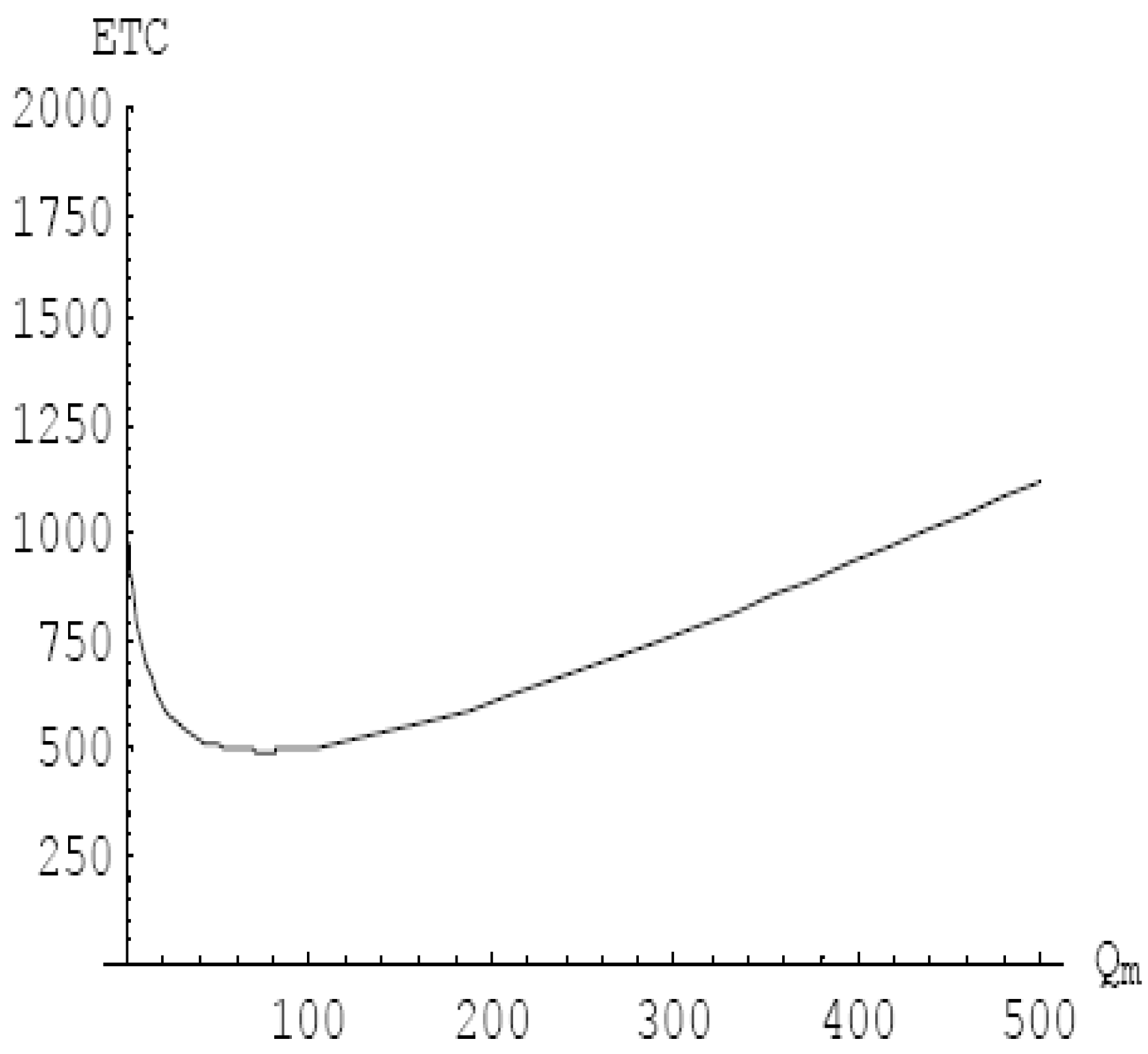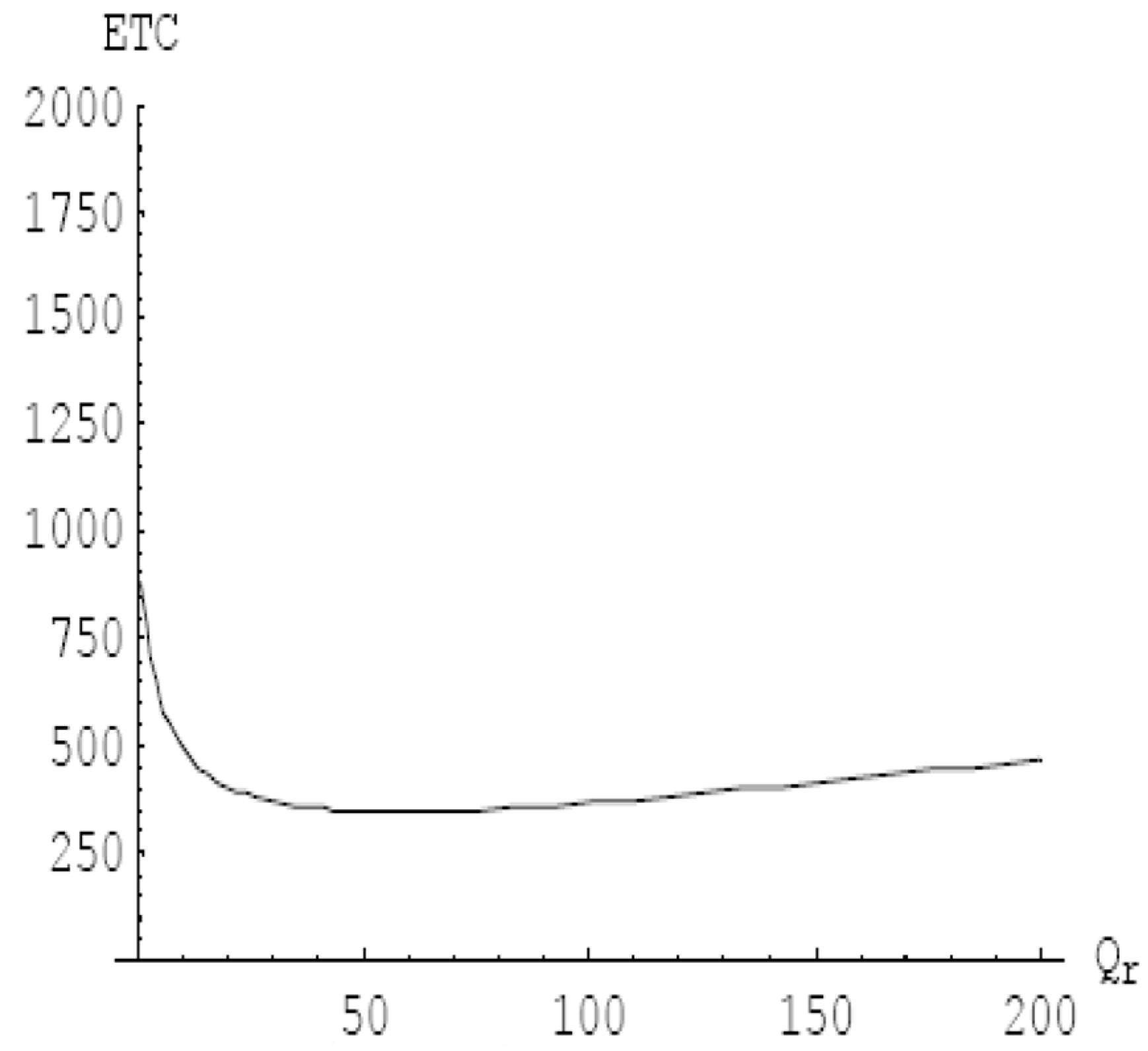1. Introduction
In the past decade, due to the increasing demand for green products worldwide, the issue of green productivity has gradually attracted attention. Some of the latest laws passed in Europe are examples of such strong requirements, including the Waste Electrical and Electronic Equipment Directive 2002/96/EC (WEEE) and Restriction of Hazardous Substances (RoHS) standards, which have placed great pressure on product designers and manufacturers to produce greener and cleaner products. However, if individual companies respond to these requests, the problem may not be solved effectively. Instead, the trend is to provide an overall product supply chain operation strategy. Under the competition of the global economy and environment, the product life cycle seems to be shorter than before. The competition and survival of the company must incorporate the reverse supply chain into the management. On the other hand, environmental protection will also affect the corporate image. Therefore, for the sake of ecological protection and sustainable business operation, the integration of suppliers and buyers in successful supply chain management is one of the main successful methods.
Reverse logistics represents a series of logistics activities that recover used products from consumers and reuse this resource in the market. In the past, the reverse logistics was mostly based on the product production and recycling of Thierry M.C (1995) [
1]. Fleischmann (1997) [
2]; Carter and Ellram (1998) [
3]; Guide (2002) [
4] and other studies also revealed that the distribution cost of recycling reverse logistics is often higher than that of forward logistics. For the returned products, there are also irregular channels in terms of transportation, storage, processing, and management, which adds a lot of complexity and uncertainty to the supply chain. Therefore, LA Zadeh (1973) [
5] obtains the correct result through the approximation reasoning process, which is very similar to the human brain “process is fuzzy, the conclusion is clear” thinking mode, so Jang et al. (1996) [
6] is widely used in various intelligent systems in different fields.
Then, Zipkin (1993) [
7] used the Markov chain to develop a model of dynamic interest rate evaluation of real estate mortgage-backed securities. Aase (2001) [
8] uses the Markov model to provide an assessment theory for the catastrophe’s long-term contract or derivative commodity insurance. Ching et al. (2002) [
9], Naranjo, L, et al. (2019) [
10], Lizbeth Naranjo, et al. (2020) [
11] apply the Markov chain to develop a multivariable Markov chain to predict customer demand. The reverse logistics environment still needs to integrate the upstream and downstream supply chains, so Lin and Lin (2011) [
12], Lin and Su (2013) [
13], Verhoeven and Sinn (2018) [
14] and Ho and Lin (2020) [
15], for the overall logistics supply chain with the lowest overall cost as the target, consider the defective products level, inventory cost, transportation and other expenses. To aim at the overall logistics supply chain with the lowest overall total cost, we have to consider the cost of bad goods, inventory cost, transportation and so on. Minner and Kiesmüller (2012) [
16] explored the closed supply chain in a dynamic model. Xin et al. (2019) [
17] and Kannan et al. (2020) [
18] used fuzzy theory to solve the closed supply chain model.
In this paper, we extend the single-item single-location inventory system of Erwin et al. (1996) [
19] with multiple-items and multiple-periods. We consider the recovery rate and remanufacturing rate of different recycle processing levels and combine reverse logistics methods to develop a set of mathematical inventory models. In the results of numerical analysis, we show the effects of different recycling levels.
2. Model Description
The impact of environmental responsibility on the manufacturing business model is becoming higher and higher, and the products produced by different industries have different environmental loads. Moreover, the life of the product will vary with the frequency of use or the environment, resulting in differences in surface luminosity, short circuit, damage, or scrapping process. Products produced in different industries have different environmental hazards and different levels of recycling. This study considers different recycling levels for a single project as shown in
Figure 1 (Thierry, M., et al. (1995) [
1]). In other words, the recycling status can be roughly divided into transfer, polishing, maintenance, remanufacturing, crushing, burying, incineration.
The impact of environmental responsibility on the manufacturing business model is becoming higher and higher, and the products produced by different industries have different environmental loads. Moreover, the life of the product will vary with the frequency of use or the environment, resulting in differences in surface luminosity, short circuit, damage, or scrapping process. Products produced in different industries have different environmental hazards and different levels of recycling. This study considers different recycling levels for a single project as shown in
Figure 1 (Thierry, M., et al. (1995) [
1]). In other words, the recycling status can be roughly divided into transfer, polishing, maintenance, remanufacturing, crushing, burying, incineration.
Due to the different attributes of various products, the degree of recycling treatment is also different. Some products do not even have maintenance or remanufacturing operations. Therefore, the various process levels and recovery types are summarized in
Table 1.
The symbol definitions are shown below:
Symbol definition:
| λi | Stage i repair or remanufacturing rate; |
| γi | Stage i recovery rate; |
| Vi | The degree of different influencing factors; |
| W | influence factor weight; |
| E | Recursive probability matrix; |
| s | Safety stock; |
| Q | Inventory (Economic order quantity); |
| Pi | Stage I probability; |
| R | Order maintenance items; |
| Li | Expected number of each recycling level i system; |
| θ | Lagrangian Correction factor; |
| h | holding cost; |
| π | setup cost; |
| τ | lead time; |
| A | unit cost. |
4. Numerical Analysis
In view of the fact that various products do not have a recycling grade, and the product recycling grade process mechanism and its recycling grade are not easy to judge from their appearance, this article takes the car as an example, divides the car recycling grade into four grades, and uses a group decision support system (GDSS) as a measurement procedure and fuzzy matrix calculation. The preliminary results of the comparison of 20 vehicles from the sale of second-hand cars, car repair shops to decomposition sites are suggested to use different clusters of vehicles and categorize each vehicle’s recycling data in different processing sites.
The test standard items generated by GDSS, the results are seven major items, C = {mileage, processing cost, damage degree, vehicle age, processing time, speed performance, functionality}
According to their preferences, experts in various fields (sales, car repairs, dismantling of parts, scrapping) will use the [0,100] fuzzy method to score the car for recycling. After the GDSS calculation, for the resulting preference vector u, u = (0.97, 0.972, 0.98, 0.81, 0.832, 0.32, 0.182). Next, the three main popular test standards were selected, and the set was changed to C = {damage, processing cost, mileage}. In order to establish the above semantic and discriminatory issues, according to the opinions of experts in various automobile recycling yards, the following guidelines were formulated for the process of automobiles (
Table 2).
Then, the important scores of 1~9 were compared to each other to get the comparison relationship matrix (shown below):
Then, we calculated the relevant weight through GDSS (normalized), got W = (0.205502, 0.214881, 0.475251, 0.042013, 0.062352), and
. In the rating part, it was divided into four levels: D: disposal, S: reuse, R: remanufacture, E: repair. The membership function was defined as follows:
The established weights for triangular fuzzy numbers input variables input1, input2, input3, respectively, indicate the degree of damage, processing cost, mileage, and output indicates the classification of the recycling process shown in
Figure 6.
Assuming that each car is scored by experts and scholars, the following matrix (E) shows the test results obtained by the car.
Using the weights obtained before, the result of calculating the vector yi takes the maximum value, and maps to each level to correspond to which grade the product should be; the mark value is shown below.
Y is a vector matrix, representing y1, y2, y3, y4 (Repairing, Remanufacturing, Reuse, Disposal, respectively). Y is the final corresponding evaluation score obtained through the fuzzy classification results; where y2 is the highest evaluation score, which means that the product Remanufacturing has the highest relative importance. Finally, the obtained product is y2, and the corresponding grade is R, which means that the car should be listed as reuse.
In addition, in
Figure 7 shown below, Input1 and Input2, respectively, indicate the degree of damage and processing cost that affect the output recovery processing level.
Next, we used Matlab software to show the single-item, single-location inventory system by Erwin et al. (1996) and assumed that if the holding cost h is 1, then the cost λ = 1, the unit cost A = 10, the setting cost π = 10 and the pre-processing time τ = 10. A trend chart of total inventory cost is shown in
Figure 8.
We used the parameters derived from fuzzy theory (disposal, reuse, remanufacture, repair) = (0.012330, 0.770150, 0.173873, 0.043647) in the inventory formula Equation (9).
Figure 9 shows a trend chart of total inventory cost of different levels of recovery rates.
In reverse logistics, the total cost of scrap is the lowest, and the total cost of reused will be the highest. Next, we conducted sensitivity analysis for four levels of recovery rates.
In addition, for each parameter of the system, a sensitivity analysis was performed on each parameter in the system to discuss the impact of each parameter change on the total cost per unit time. These parameters included the average recovery rate, the inventory holding cost of the manufacturing center, the inventory holding cost of the recycling processing center, the order cost of the manufacturing center, the setting cost of the recycling processing center, the purchase cost of the manufacturing center and the recycling center.
We applied Mathematica5.0 software to bring the numerical examples into the formula, and used the Find minimum command to find the best order batch Qm and the best recycling remanufacturing batch Qr, then took the integer value, using the rounding method, to calculate the minimum total cost per unit time. The recovery rate γ is random, γ = 1/λ, and γ < λ, λ follows the exponential distribution, and we know that γ > 1/λ.
The data of this research example are: the demand per unit time λ is 10, the average recovery per unit time γ is 8, the manufacturing center’s order cost per unit time is 200, the manufacturing center’s inventory holding cost per unit time is 1, the manufacturing center’s purchase cost per unit time is 10, and the recycling processing center’s setup cost per unit time is 500. The inventory holding cost per unit time of the recycling processing center is 1, and the cost per unit time of the recycling processing center is 10.
Bringing the aforementioned data into the formula, the best order batch size of the manufacturing center is 99, the best manufacturing batch size of the recycling processing center is 59, and the best total cost is 306.321. It is divided into 3D graphics as shown in
Figure 10.
For the analysis of Q
m and Q
r, when the remanufacturing batch Q
r of the recycling processing center is 10, the order batch, Q
m, is 75 and the minimum ETC value is 494.603. We can see the changes in Qm and ETC in
Figure 10. Conversely, when the manufacturing center’s order batch Q
m is set to 80, the remanufacturing batch, Qr, is 58 and the minimum ETC value is 348.07. The changes in Q
m and ETC can be seen in
Figure 11 and
Figure 12.
From the above solution, it shows that the inventory strategies proposed by this study can reach the minimum total cost per unit time, the best order batch of the manufacturing center and the best remanufacturing batch of the recycling processing center.
5. Conclusions
The method presented in this article is to use the Fuzzy Set method to determine the main impact on the recovery process and its corresponding weight, then use AHP to determine the relationship between the recovery and processing levels. The GDSS system has also been developed to support such measurement methods and procedures. The method proposed in this article is compared with the GDSS system that promotes recycling. It also provides a convenient way for recyclers or manufacturers to sort their own products and use fuzzy numbers to select a set of test standards. In the operation description section of the fuzzy set, this article uses the variable code in the formula to investigate the recycler’s product level. In the evaluation process of this method, there are still some errors in the evaluation from the recycling processor, but if there are more experts to evaluate and define, the classification criteria will be clearer, and the recovery processing situation obtained will be more accurate.
We integrate the inventory control model at the recovery process level. Although the analysis model is quite accurate, the higher the recovery rate is, the more difficult the recovery rate and the remanufacturing rate are. It is not easy to determine the related recovery rate; however, we first define and calculate the probability of each recovery process level by the fuzzy theoretical limit, which is conducive to findings that are more in line with the actual inventory model and total cost. Abandonment is still a necessary decision in this study, because the change in the recovery rate will increase the inventory level and the total cost. We find that if the recovery rate is more than 90%, the cost of processing and recovery will be more than doubled. This study also finds the minimum total cost per unit time, the best order batch size of the manufacturing center and the best remanufacturing batch size of the recycling processing center.
Besides, the green circular economy and corporate responsibility awareness are becoming more and more important. In addition to the government’s green supply chain counseling policy, an authentication mechanism for corporate responsibility of upstream and downstream manufacturers for recycling is also required, so that the recycling rate of defective products can reach 100% recycling as soon as possible.
For further study, we suggest that the internal value of the model can be understood from more complex production scenarios, and that government policies for recycling subsidies and good green enterprise certification among manufacturers should be taken into account. The reverse supply chain to recycle and process the recycled products into rebirths should be encouraged, and should induce the final product manufacturers in the forward supply chain to increase the purchase of rebirths, so that the operation of the color supply chain can be more efficient.
